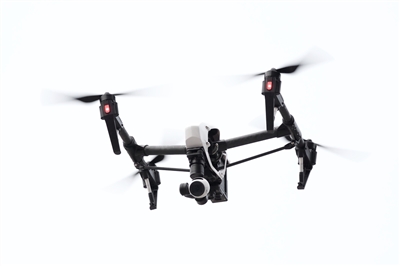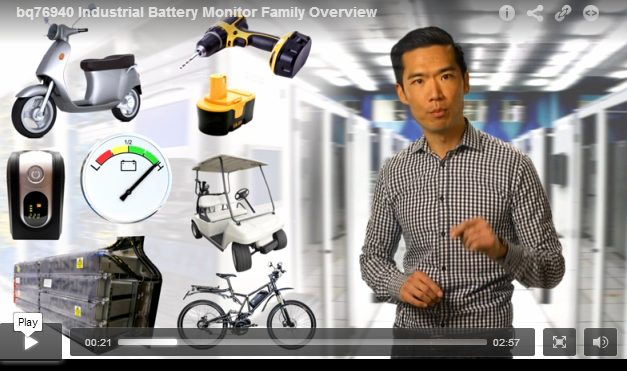One of my favorite aspects of working at TI is that I often travel across the globe to visit customers to learn about their products, and in turn share with them the various innovations we’re cooking up here on the Battery Management Solutions team. I’m particularly amped up these days by the larger (18V+) battery market, where folks are working on products for land, sea, air – heck, even space (well, the stratosphere at least).
Like I noted in last month’s blog post about household robots, the cost of Lithium-ion battery cells has fallen steadily over the past decade while their power/energy densities have soared. This means products that used to be plugged into the wall or powered by gas have the ability to become cordless and in turn, lightweight. In some cases, it’s enabled entirely new applications to proliferate – think ‘smart’ wearables or Bluetooth headphones.
Some of the more interesting examples of larger battery applications (anywhere from 18V to 48V) that come to mind include:
Batteries on land:
Electric skateboards. Like Bob Dylan, bikes went electric ages ago, and it was only a matter of time before someone figured out a way to further miniaturize that battery technology and squeeze it under a skateboard. Most of the electric skateboards that exist today are operated by a handheld remote control, weigh in under 10 pounds, and can run for upwards of 15 miles. At first it’s an odd sight to see someone zipping down the street on one, but they start to make sense when you consider just how portable these are.
Batteries under the sea:
Underwater fish detectors. These sensors are affixed to fish trawling nets, and help fishermen determine the best areas to focus their catches and encourage sustainable fisheries. They’re used to track a variety of parameters, such as depth and width of the trawling nets, and have increasingly found their way into fishery research applications as well.
Batteries in the air:
Drones. These airborne robots are in the news more and more these days. Drones now have the ability to tackle everything from geophysical surveying and overseeing disaster relief efforts, to protecting wildlife from poachers and studying hurricanes. One music festival in South Africa even used them to drop off beer via parachute. I’m eagerly waiting for the day that one can wash the windows of my condo here in San Francisco.
Batteries in space!
Internet weather balloons. Google’s ambitious Project Loon is deploying a fleet of solar-powered weather balloons that orbit the Earth over 12 miles above ground, beaming down the internet to the vast majority of the planet that still isn’t online. The balloons have massive solar panels that provide power during the day and run off of batteries at night. These devices travel from one wind current to another using sophisticated software algorithms, and can stay in orbit for months at a time.
Despite the incredible diversity in uses and environments, most of these products share a rather similar set of care-abouts when it comes to their battery designs: reliability, performance and robustness. TI’s array of battery monitors such as the bq76920, bq76930, bq76940 and companion fuel gauge battery management controller, bq78350, can help meet the demanding needs of today’s larger Li-ion battery packs up to 48V.
If you’re new to our bq76940 battery monitoring family, check out the short video below for a quick overview of the nice features you’ll get with these devices! We’ve packed in a robust suite of protection, monitoring and control functions, and based on the feedback from my last few global treks, I think you’ll find these to be a “just right” solution for larger battery packs from 18V to 48V.
We also offer a convenient jump-start to a quality 48V battery management system via our 15 cell Lithium-ion battery controller TI Design based around the bq76940. The same design can be easily adapted to suit 24V and 36V packs with the bq76930, or further reduced to fit 12V to 18V packs with the bq76920.
The next time you’re looking to bring to market the next innovative product such as a wearable or that window washing drone I’m wishing for, ensure your designs are equipped with the right battery management solutions for optimal operation. What’s a recent innovative product that has caught your eye lately? Let me know in the comments below!





